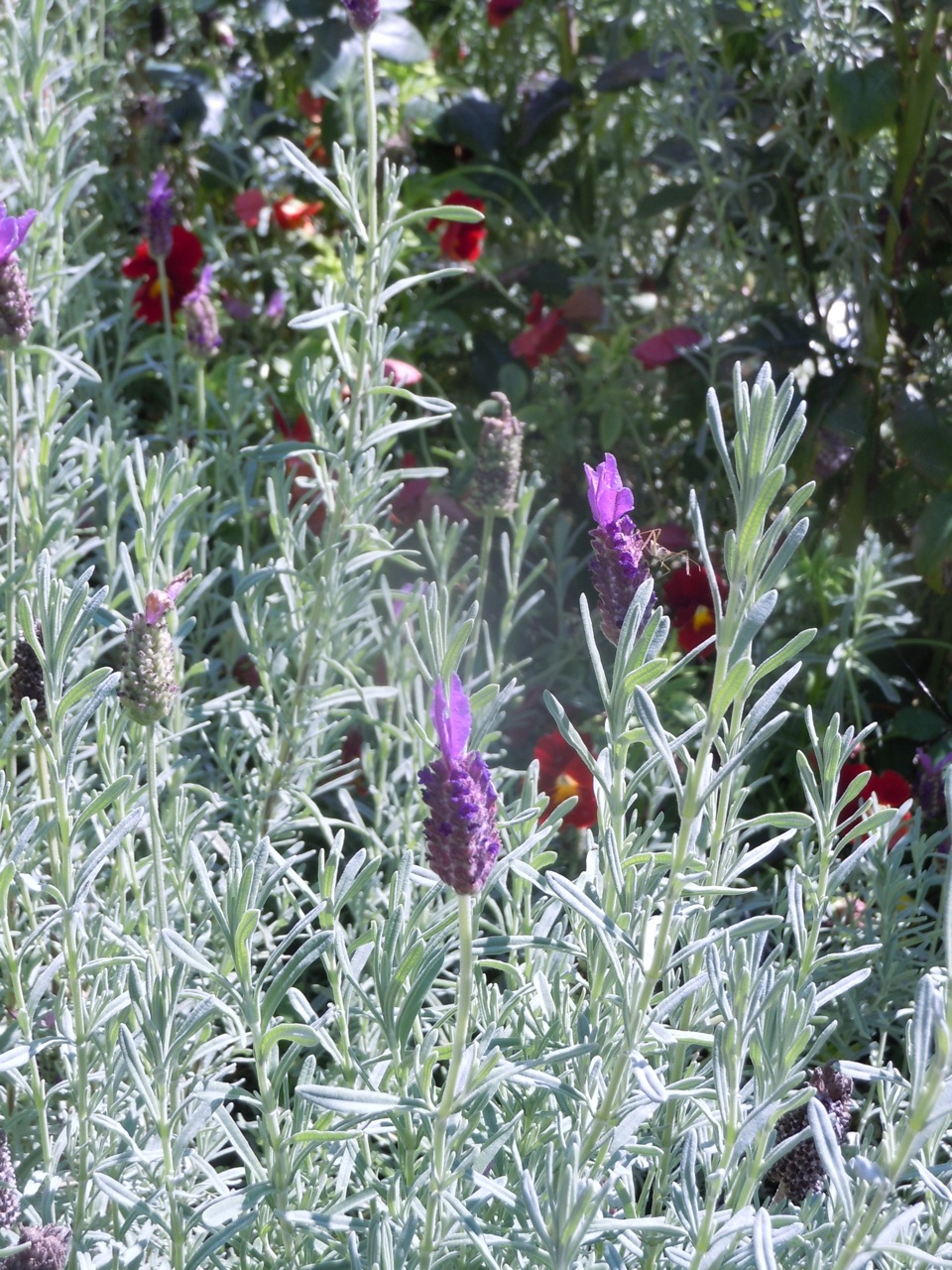Final Fall
“Fall, leaves, fall; die, flowers, away; Lengthen night and shorten day! Every leaf speaks bliss...
Read Moreby VoiceAmerica | Dec 12, 2021 | Empowerment | 0 |
“Fall, leaves, fall; die, flowers, away; Lengthen night and shorten day! Every leaf speaks bliss...
Read Moreby VoiceAmerica | Nov 25, 2020 | Empowerment | 0 |
https://www.lamorindaweekly.com/archive/issue1420/Digging-Deep-with-Goddess-Gardener-Cynthia-Brian-F...
Read Moreby VoiceAmerica | Nov 13, 2020 | Empowerment | 0 |
“A friend may well be reckoned the masterpiece of nature.” Ralph Waldo Emerson It’s only five in...
Read Moreby VoiceAmerica | Oct 10, 2013 | Empowerment, Health & Wellness | 0 |
&nbs...
Read More




